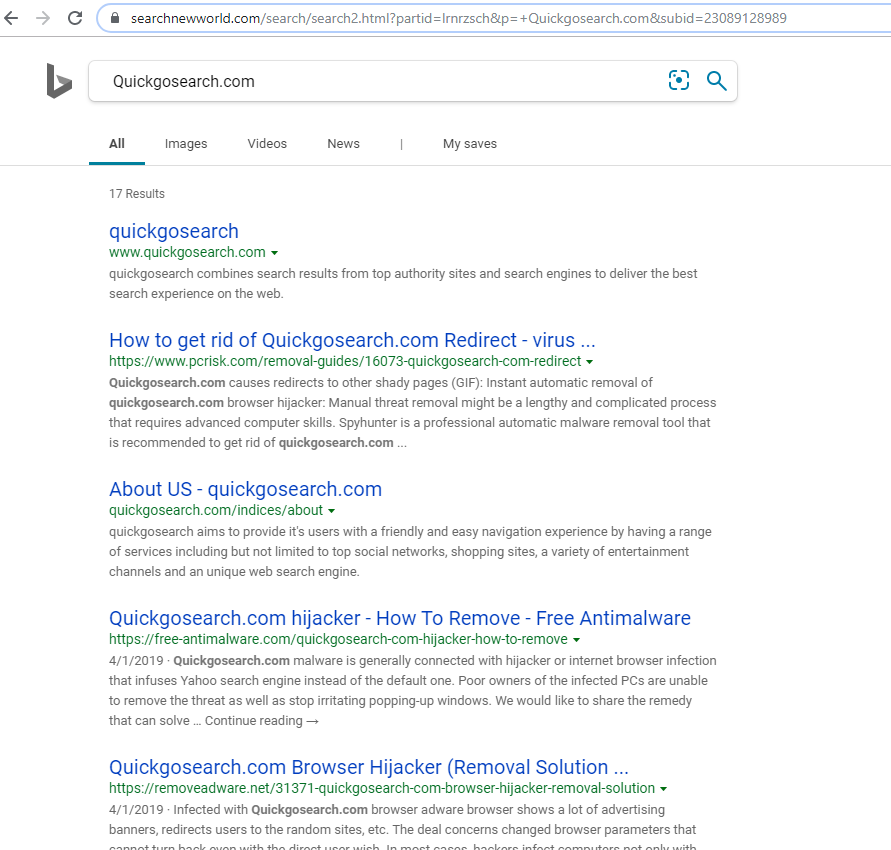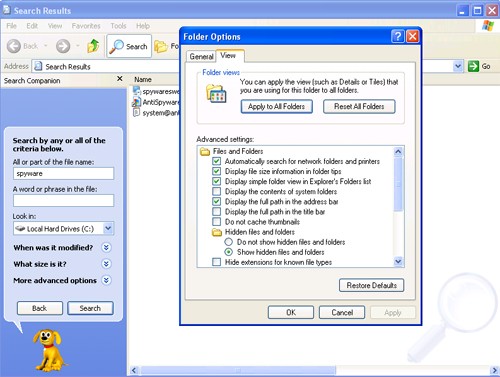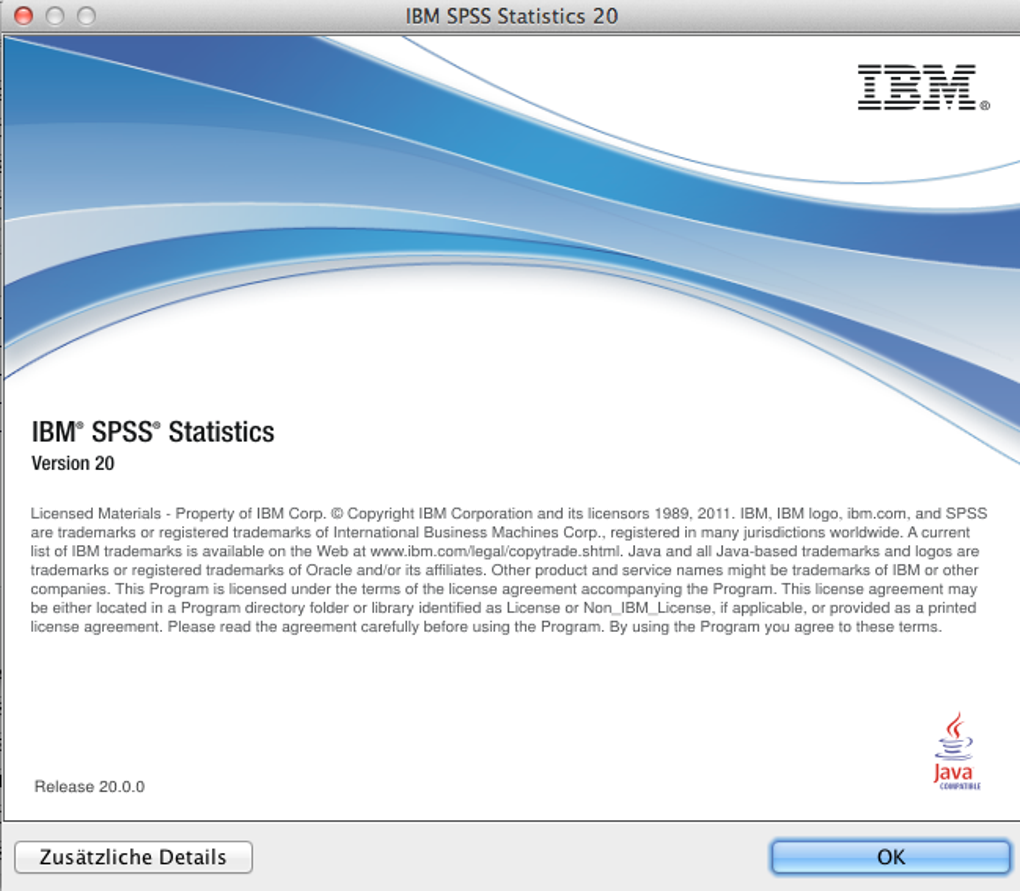
Deleting A Threat Manually
The troubleshooting info in this topic might help you if you're experiencing any of the following problems when detecting and removing malware with Windows Defender Antivirus, Microsoft Security Essentials, or other Microsoft antimalware solutions: Microsoft continually works on enhancing the user experience on all current products, including. Remove Virus and Malware from Microsoft Edge. Download PC Threats Removal Tool to Detect and Remove All Viruses and Malware. Download System Optimization Tool to Clear up Junks and Speed-up Win 10. Clear up Cache and Cookies of Microsoft Edge to Remove Viruses.
To remove a threat using your Webroot SecureAnywhere software, open the program and click Scan Now. SecureAnywhere will then run a scan and show you what threats, if any, it detected. Follow the on-screen prompts for removal of the infection.If you are unable to remove a threat using your Webroot software, we offer two free options for virus removal. Click the links below to find out more.ServiceRecommended for:CostNovice to intermediate usersFree of chargeAdvanced usersFree of chargeFor no charge, a Webroot technician will work with you to locate and remove potential infections on your computer. This can occur via phone or ticket. For more information about each one, see below.
Phone:During business hours, our agents are standing by to assist you. For more information about our hours of operation and how to contact us,. Agents can work with you to diagnose the issue and discuss your malware removal options, as well as provide guidance (English language only).Ticket:Our agents can assist you with malware removal via ticket at any time, 24/7, in 63 different languages.
The Webroot ticket submission and analysis process has been streamlined to provide you the quickest and most convenient support possible. Steps involved in this process may require multiple communications between you and a Malware Analyst, but we strive to provide answers and instructions in the most expedient manner possible.If you would like to begin this process,. If prompted, log in to your account.
In the Send another message section, include as much information as possible about the symptoms that cause you to believe you have an infection. In the drop-down menu labeled Please help by categorizing your issue as Threat - Virus/Spyware Infection.When you have completed the form, click Send to Webroot Support.
In some cases, your system may be infected with a new iteration of a rogue infection that we have not yet classified. Webroot SecureAnywhere may be monitoring the malicious executables, but may not yet have been updated to recognize them as threats. If your system is infected with a rogue application, you may be able to neutralize it using the SecureAnywhere client.
To do so, please follow the instructions below.Note: We recommend these steps for very advanced users only. Infection cases can be very complex, and, because of their nature, Webroot cannot take responsibility for the results of removal attempted by customers. To review Webroot’s End User License Agreement,. Open Webroot SecureAnywhere. Click System Tools, then open the System Control tab. Under Control Active Processes, click Start. Look for suspicious executables, which have been set to Monitor.Such files often run from these locations on your computer:%Programdata%,%appdata% or%temp% locations.
Examples include:. C:Documents and SettingsAll UsersApplication dataxjspw2rxjspw2r.exe. C:Documents and Settings%username%Local SettingsApplicationDatadim.exe. C:ProgramdataPrivacy.exeNote: monitored files may be legitimate files that simply behave suspiciously. Unless you are certain that the file is malicious, we recommend uploading these files to for malware verification. Keep in mind, some of these results may be false positives.

Once you have confirmed that the files in question are malicious, change the setting to Block.Even if the files are corrupted with malicious code, you should not attempt to block system files. If you believe any of your critical system files are infected, contact Webroot. If prompted, log in to your account. In the Send another message section, include the name of the system file(s) you suspect are infected.
In the drop-down menu labeled Please help by categorizing your issue, select Threat - Virus/Spyware Infection. When you have completed the form, click Send to Webroot Support. Run a new scan with SecureAnywhere.If these steps resolve the issue, please let us know! We can then analyze logs from your system and add the threat to our database of malware determinations. This will help us prevent you and other customers from falling victim to this particular piece of malware in the future. You can submit such information.If the issue persists, contact Webroot. If prompted, log in to your account.
In the Send another message section, include the names of any file(s) you believe are infected, as well as any behavioral symptoms of the infection. In the drop-down menu labeled Please help by categorizing your issue, select Threat – Virus/Spyware Infection. When you have completed the form, click Send to Webroot Support.Webroot support will make every effort to assist you in locating and removing a potential malware infection from your computer.
Please keep in mind that Webroot cannot guarantee a 100% removal success rate for product or technical support efforts. For more information, you may review our End User License Agreement (EULA).
